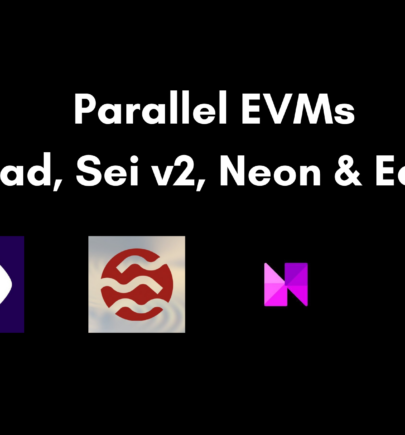Insights From Shanghai Blockchain Week

This is a guest post contributed by Paul Veradittakit, partner at Pantera Capital. Last week, Paul was in Shanghai for China’s largest blockchain event and he shares some of his takeaways here. This post was initially shared on his newsletter.
Last week, I was able to speak at the Global Blockchain Summit during Shanghai Blockchain Week, my first trip to Asia this year.
Each time I travel to a new geography, I’m looking to meet potential investors for our funds, learn from co-investors, meet potential investment opportunities, and connect with strategic companies for the benefit of Pantera and our portfolio companies. That’s the playbook and here is what I learned this time around:
- Investment into funds – Chinese individual investors really prefer strong relationships, trust, and liquidity. So far, quantitative crypto hedge funds and funds that buy tokens on the secondary markets have been targeted. I believe that institutional money into the space isn’t there yet but when it does happen, investment into funds that invest into equity will start.
- Co-investors – At one point during the 2017 boom, there were likely 400 “funds” in Asia investing into the space. Now we’re down to like 15-20 funds. Investors are seeing an opportunity to just buy undervalued tokens off the secondary market or incubate projects really early. What they aren’t doing as much is investing into illiquid instruments like equity or SAFTs. There are some funds that see infrastructure companies as part of their thesis and want to invest in equity. Those investors are working on raising funds that will invest in equity and targeting investors in the US that might be interested in gaining geographic exposure to blockchain.
- Startup companies – I saw similar companies around infrastructure emerging in Asia as they have in the US. Spaces such as prime brokerage, wallets, big data, custody, and security. Since China is not a big fan of cryptocurrencies, projects that focus on enterprises have emerged targeting supply chain, energy, and smart cities, getting support from the government. The next phase for those is interoperability with public chains.
- Strategic companies
- The top class of strategic companies would be the exchanges as liquidity in the space goes through Asia and these companies have the largest balance sheet. The exchanges are still focused on listing great projects but have been creating a more structured and detailed process. Therefore projects should start early and be prepared to put in the time. Investments and acquisitions have been a bit more rare for exchanges, as they see it being cheaper to build vs buy. Joint ventures remain a strong possibility if they can see the synergy.
- The other class of strategic companies would be those that are helping foreign projects enter the Asian market through help with connecting with exchanges, marketing/community, content, offline events, and influencers. Most folks would just target Tier 1 cities like Beijing, Shanghai, and Hong Kong, but Tier 2 cities and localization of content are also extremely important. Projects like Polkadot (which Pantera is one of its largest seed investors) and Algorand have spent much time building up education/awareness.












